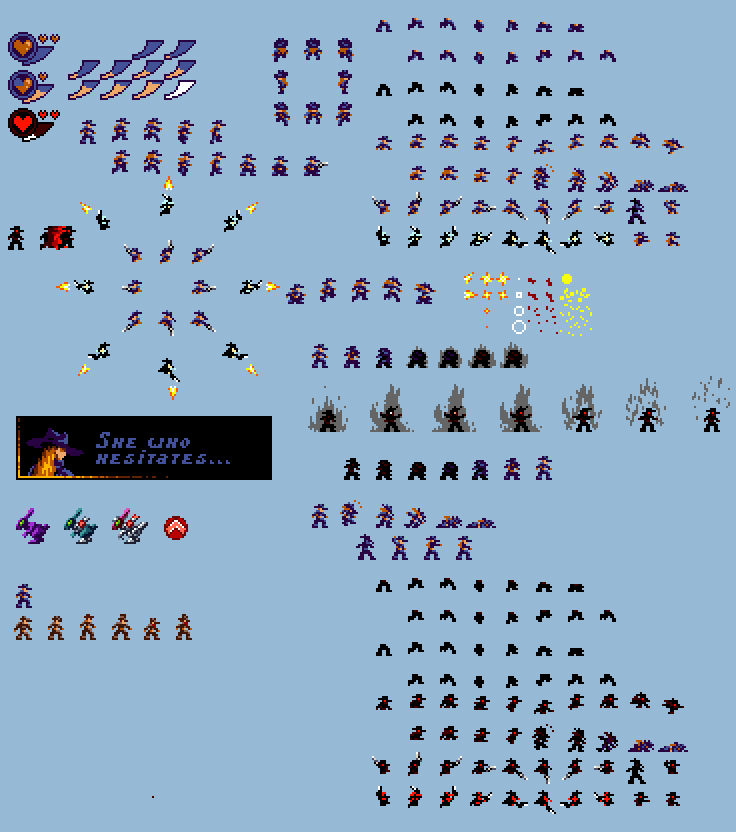Discovery. Come ON. Name me a game where you DON’T discover anything.
But…
“Discovery” suggests a Metroidvania to me. Those games are all about discovering new powers and discovering new areas of the map you couldn’t get to before.
So…really simple version of Zeta?
Yes. Yes, I think so.


